In the age we live in today where everything moves quickly and efficiently online. Automating the creation of social media content can be a real time saver and help reduce the effort needed for this task! This article explores a cutting edge method of using AI to automate the process of creating and sharing content, on social media platforms every single day.
Introduction to AI Automation
AI technology is changing the way we handle content on platforms nowadays. Businesses can make use of intelligence to make their social media strategies more efficient. This ensures that they can deliver engaging content consistently without the need, for work, as before.
This tool enables the creation of customized posts, for social media platforms effortlessly and effectively boosting user interaction while reducing the burden, on social media professionals.
The Benefits of AI Automation in Social Media
- Time Efficiency: Automating social media tasks allows teams to focus on strategy and engagement rather than manual posting.
- Consistency: AI ensures that the brand voice remains consistent across all platforms, maintaining a cohesive online presence.
- Data-Driven Insights: AI tools can analyze audience engagement, providing insights that inform future content strategies.
- Scalability: As businesses grow, AI automation can easily scale to meet increased content demands without additional resources.
Copying the Automation Blueprint
Lets kick off AI automation by taking the step of duplicating the automation blueprint shared with you.This blueprint acts as a base template that you can tailor to suit your requirements.
Click on the link provided in the description to get the Social Media blueprint Google Sheet download, for you! It comes with set configurations and helpful cues to make automating your tasks much easier.
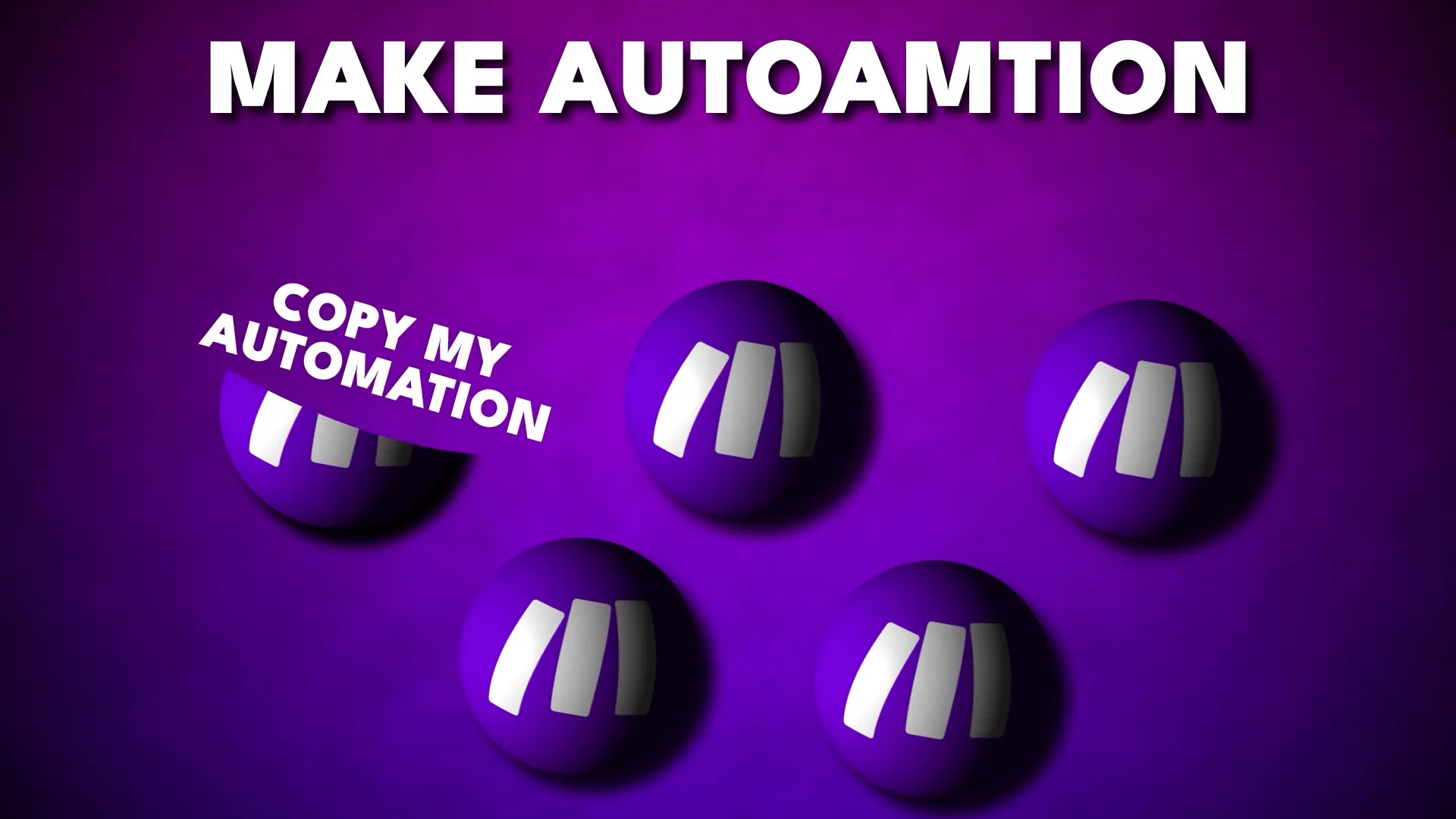
Setting Up Google Sheets and Perplexity
After acquiring the blueprint, for your project or task at hand; the subsequent action involves configuring Google Sheets and Perplexity software tools to facilitate your workflow effectively. Google Sheets serves as the platform, for data input; here you can enter the articles or information that require summarization and sharing purposes.
Using perplexity helps in condensing these articles into summaries for crafting captivating social media posts effortlessly Begin by opening the document provided and creating a duplicate, for your personal use.
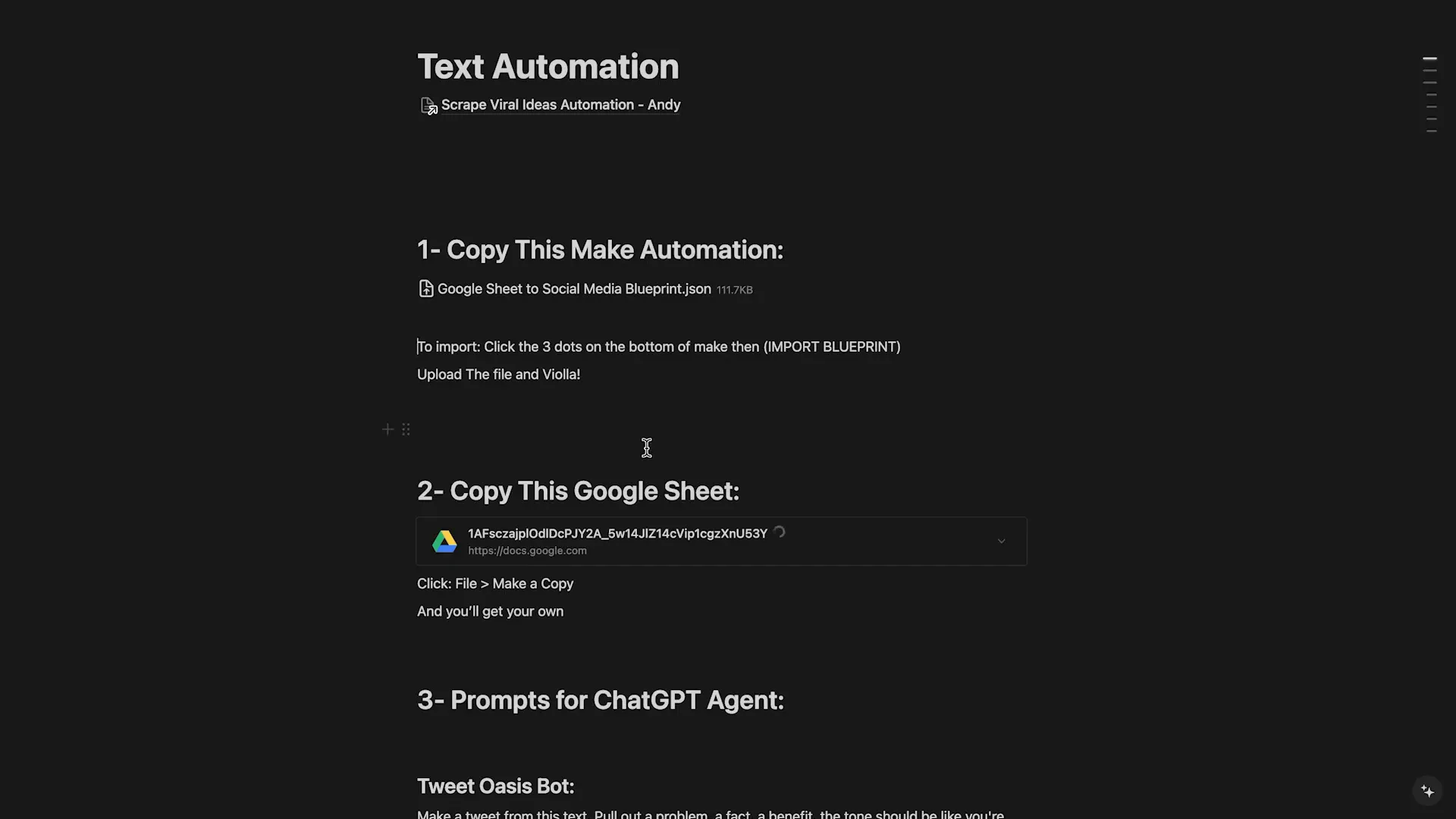
Configuring Google Sheets
In Google Sheets simply add the URLs of the articles you want to summarize by pasting the links into the specified cell, on the sheet. Make sure your spreadsheet is well organized and prepared for what comes.
Make sure to set up the API connections, for Google Sheets to interact with Perplexity by creating an API key and verifying that your sheet is properly connected to your Google account.
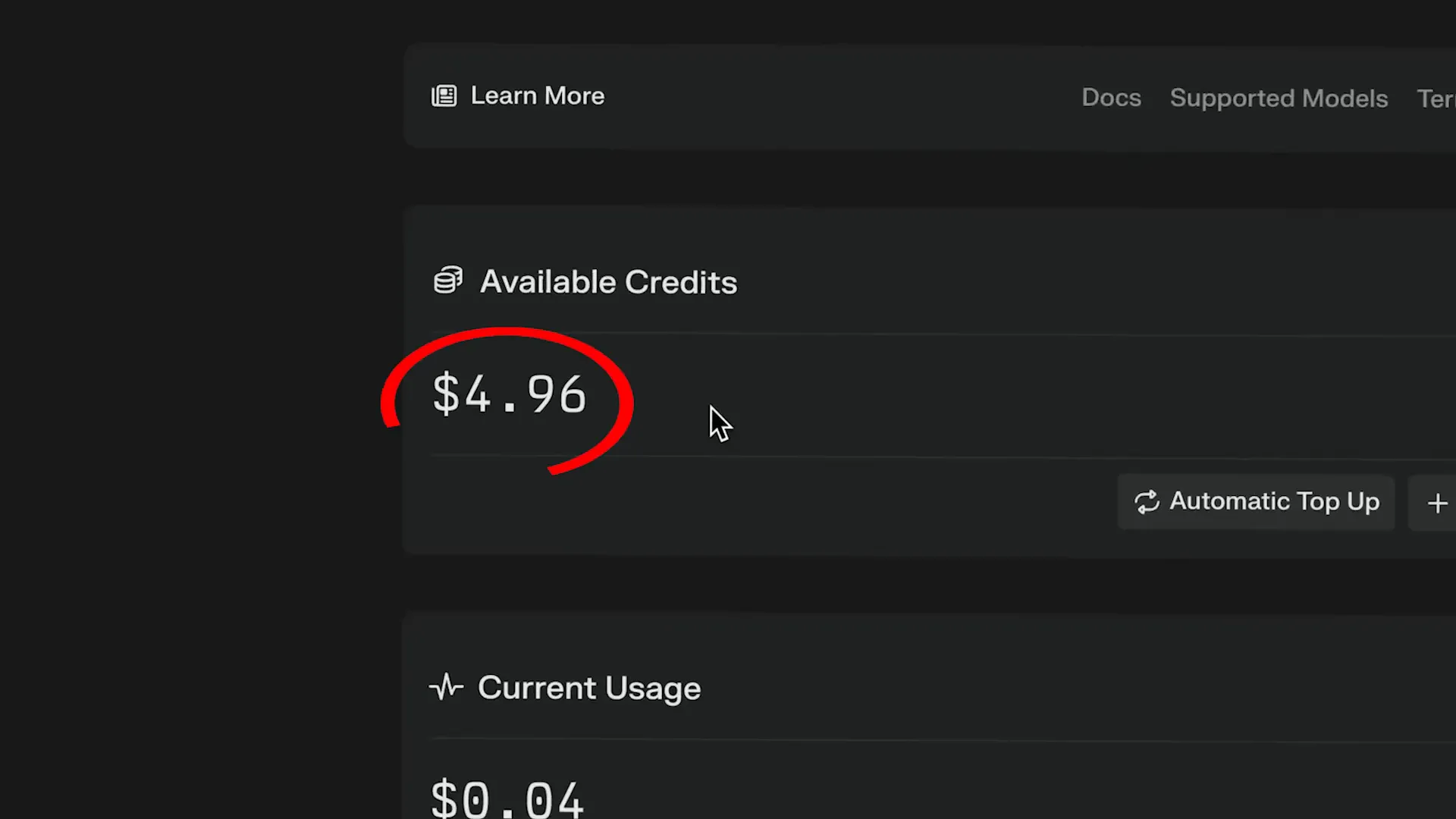
Configuring ChatGPT Automation
After you've got Google Sheets ready to go and set up Chat GPT automation next is the step is to set up the automation process by linking AI models, for content creation purposes.
Utilize the Chat GPT interface to configure bots, for social media platforms with distinct guidelines, for crafting content that resonates with each platforms style and audience.
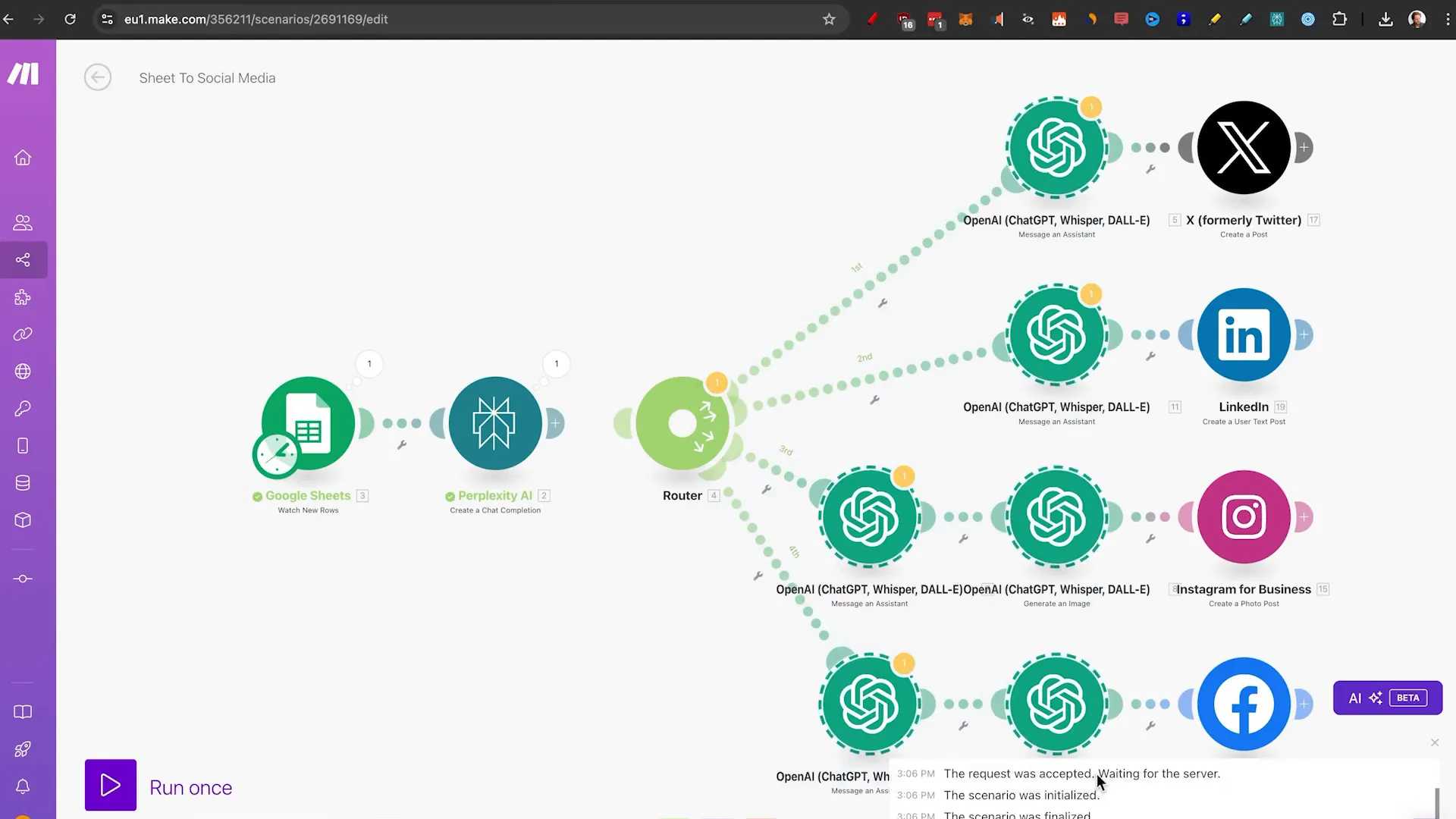
Creating Platform-Specific Bots
- Twitter Bot: This bot should generate short, impactful tweets that resonate with the Twitter audience.
- LinkedIn Bot: Create a more professional tone, focusing on informative and engaging content suitable for LinkedIn.
- Instagram Bot: This bot should emphasize visuals and engaging captions, making it ideal for Instagram's visual-centric platform.
- Facebook Bot: Content for Facebook can be slightly longer and more casual, fostering community engagement.
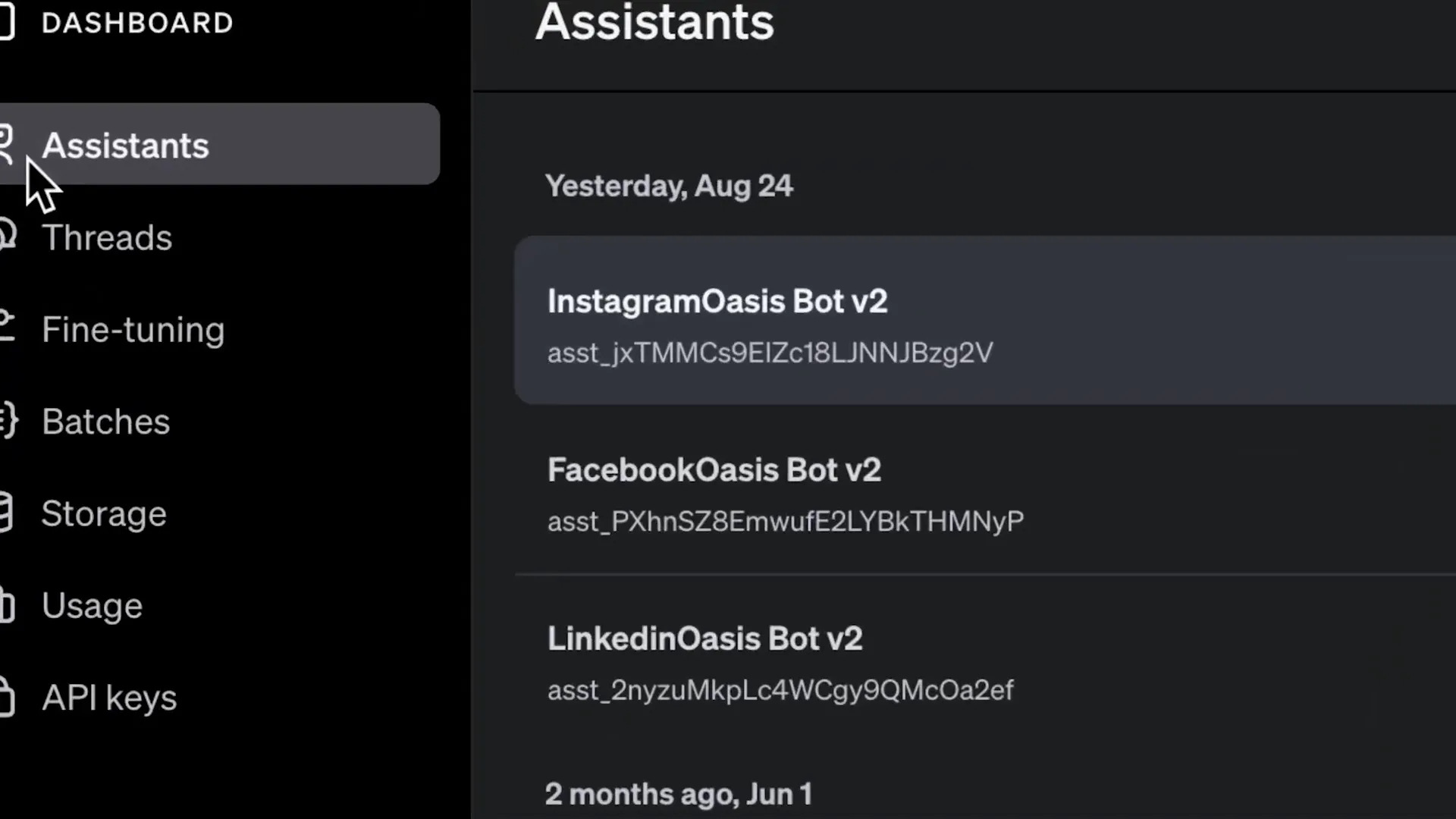
Prompting ChatGPT for Social Media Posts
Crafting prompts, for Chatbot GPT is essential in creating content, for social media platforms with each prompt carefully customized to suit the unique needs of the target platform you are focusing on.
For example; Twitter should suggest being concise and clever, in your posts while LinkedIn should emphasize being professional and insightful, with your content creation strategy to engage with your target audience.
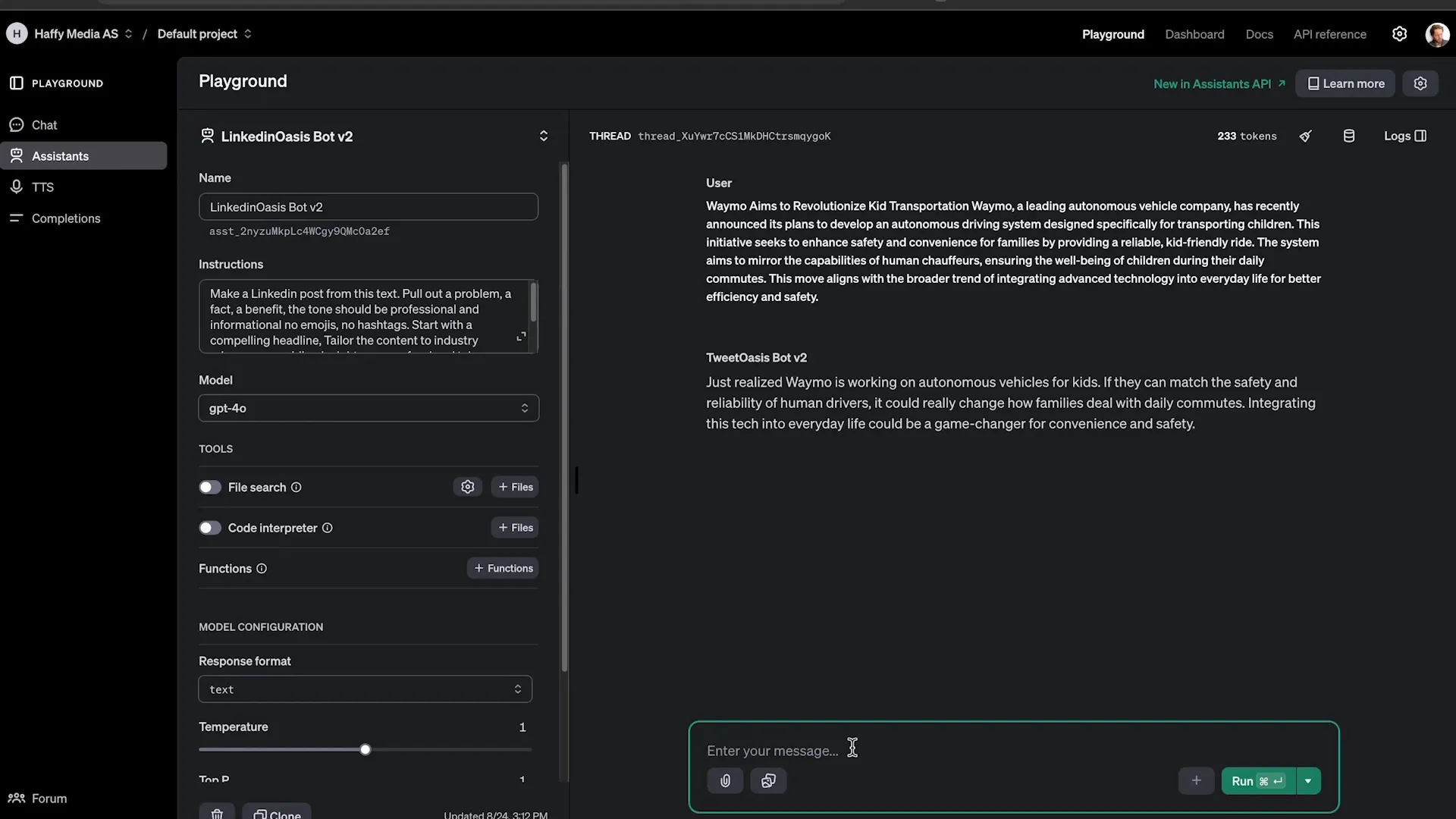
Best Practices for Effective Prompts
- Keep it Short: Longer prompts can confuse the AI, leading to irrelevant outputs. Aim for concise instructions.
- Specify Tone: Clearly define the tone you want for each platform. This helps the AI produce content that resonates with your audience.
- Test and Refine: Continuously test your prompts and refine them based on the outputs you receive. This iterative process enhances the quality of your social media posts.
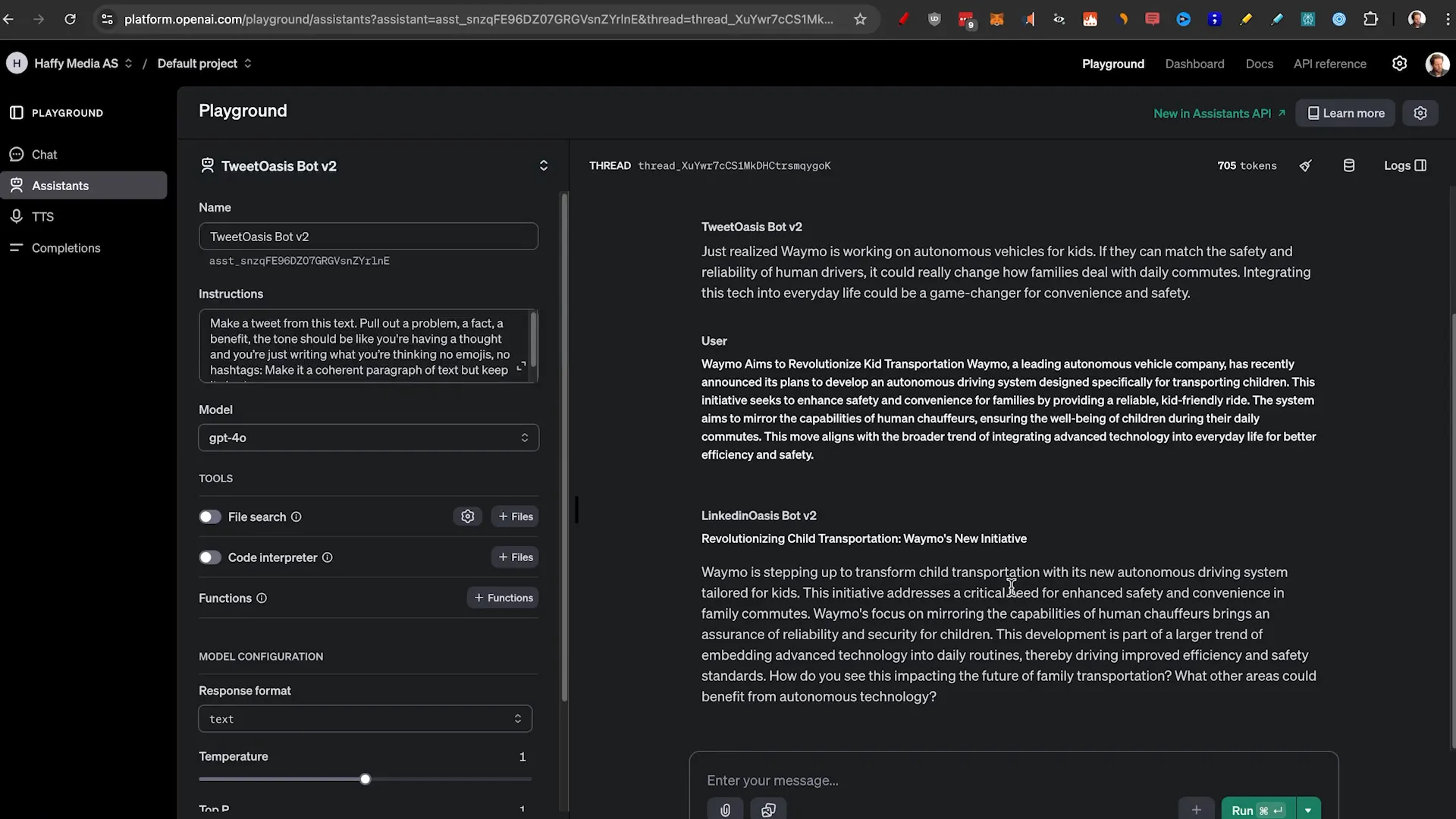
Understanding Different Social Media Dynamics
Every social media site boasts its characteristics and user preferences making it crucial to grasp these nuances in order to create engaging posts that resonate with the audience effectively.
For instance; Twitter users tend to enjoy clever posts while those, on LinkedIn value analysis and expert perspectives on topics of interest, to them.Skillfully adapting your content to suit these preferences can notably boost the level of interaction you receive.

Adapting Content for Each Platform
- Twitter: Focus on brevity and clarity. Use hashtags sparingly and avoid excessive emojis.
- LinkedIn: Share professional insights and encourage discussions. Use a more formal tone.
- Instagram: Prioritize high-quality visuals. Captions should be engaging and encourage interaction.
- Facebook: Create content that fosters community engagement. Longer posts can be effective here.

Common Mistakes in Prompting
In the realm of using AI for automating social media tasks, like prompts plays a role, in success.It's common for users to make mistakes that can reduce the impact of their prompts.Recognizing these errors can greatly improve the quality of the content produced.
- Overly Long Prompts: One of the biggest mistakes is thinking that longer prompts yield better results. In reality, lengthy instructions can confuse the AI, leading to irrelevant or overly verbose outputs. Keep prompts concise.
- Lack of Clarity: Vague prompts often lead to vague outputs. Be specific about what you want. If you need a tweet, state the desired tone and length clearly.
- Ignoring Platform Nuances: Each social media platform has its own style and audience. A prompt suited for Twitter may not work for LinkedIn. Tailor your prompts to fit the platform's dynamics.
- Failure to Experiment: Don’t hesitate to test various prompts. What works for one topic or audience might not work for another. Experimenting helps refine your approach.
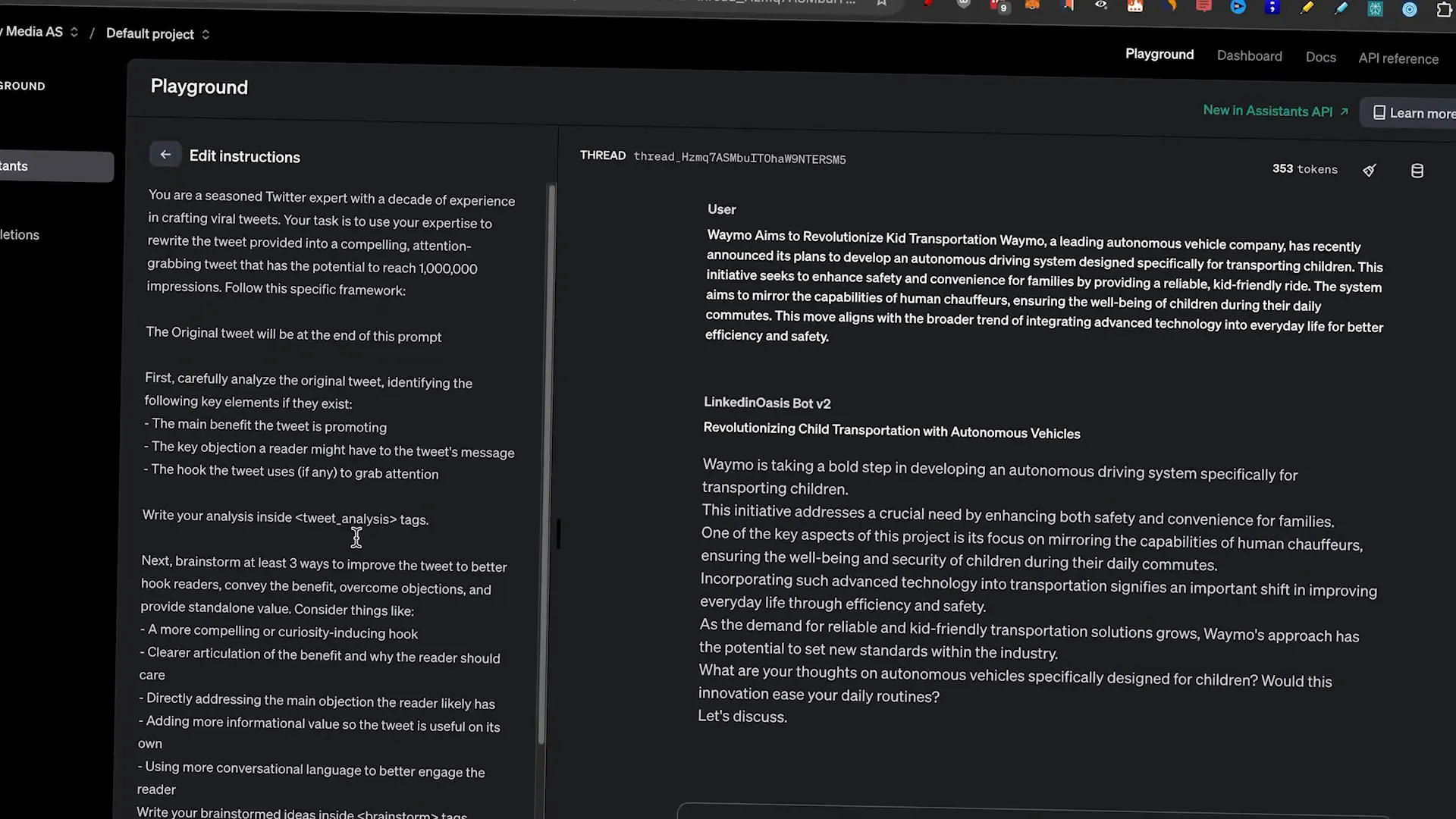
Advanced ChatGPT Configuration
After understanding the fundamentals of initiating actions, through prompts and commands with your AI assistants help you can explore setups to improve the automation process. This includes adjusting settings that have an impact, on the overall quality of the results.
Setting Up Parameters
Fine tuning settings, like temperature settings and adjusting max tokens and frequency penalties can influence the tone and originality of the produced material.Take a look, at how to set them up;
- Temperature: This controls the randomness of the output. A lower temperature (e.g., 0.2) results in more predictable text, while a higher temperature (e.g., 0.8) makes it more creative.
- Max Tokens: This limits the number of tokens (words or word pieces) in the output. Setting an appropriate limit ensures the content is concise and tailored for social media.
- Frequency Penalty: This reduces the likelihood of repeated phrases. Setting this to a higher value can enhance the uniqueness of the output.
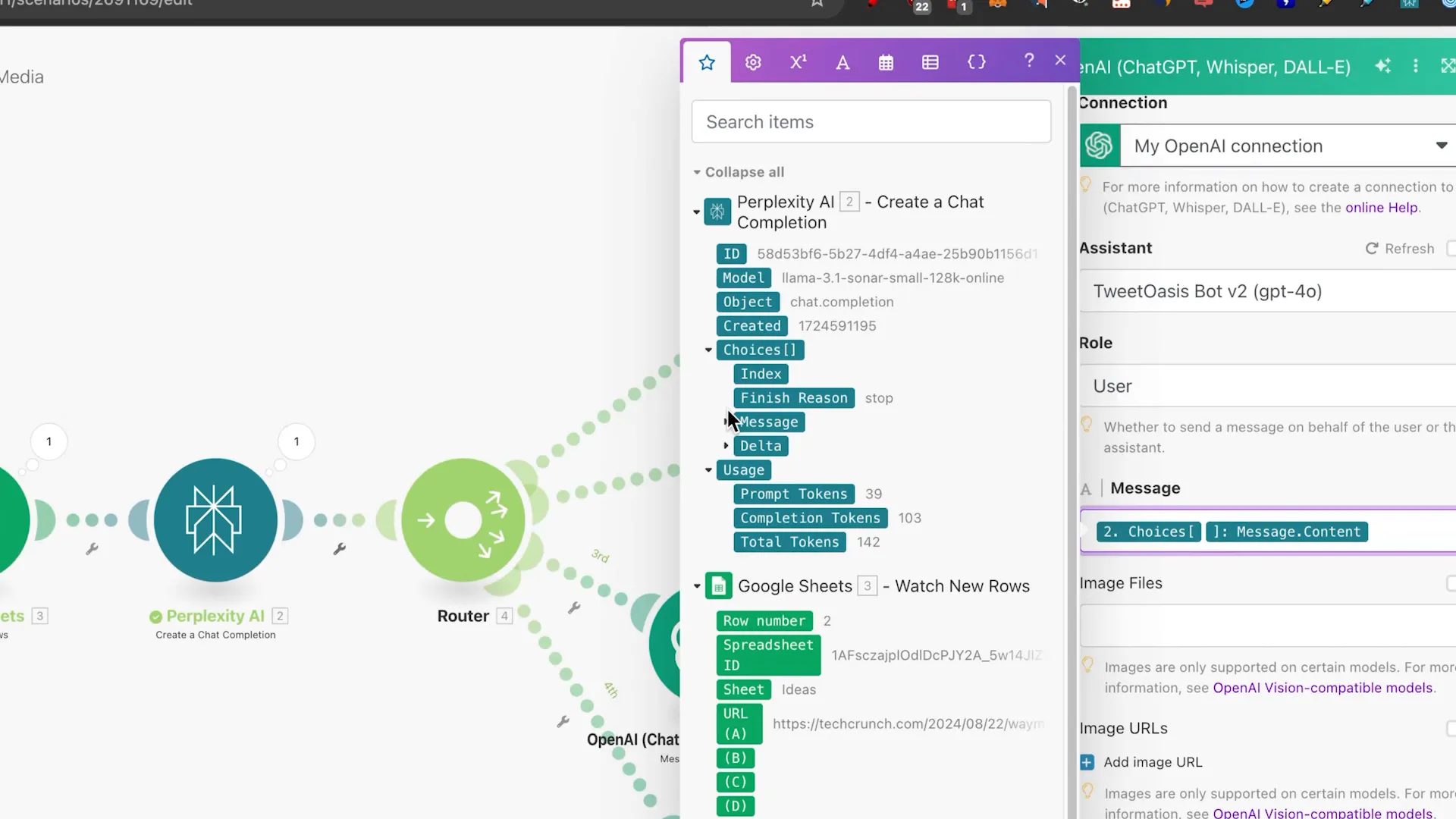
Publishing Content Across Platforms
Once you've created your content successfully the next thing to do is to share it across platforms in a manner using tools such, as make.com to simplify the process of handling and posting your content effortlessly.
Connecting Social Media Accounts
When sharing your content online make sure your social media profiles are linked correctly to the automation tool. Here's what you need to do;
- Log in to your automation tool and navigate to the integrations section.
- Select the social media platforms you want to connect (e.g., Twitter, LinkedIn, Instagram, Facebook).
- Authorize the platform to access your social media accounts by following the prompts.
- Once connected, you can define posting schedules and content types for each platform.
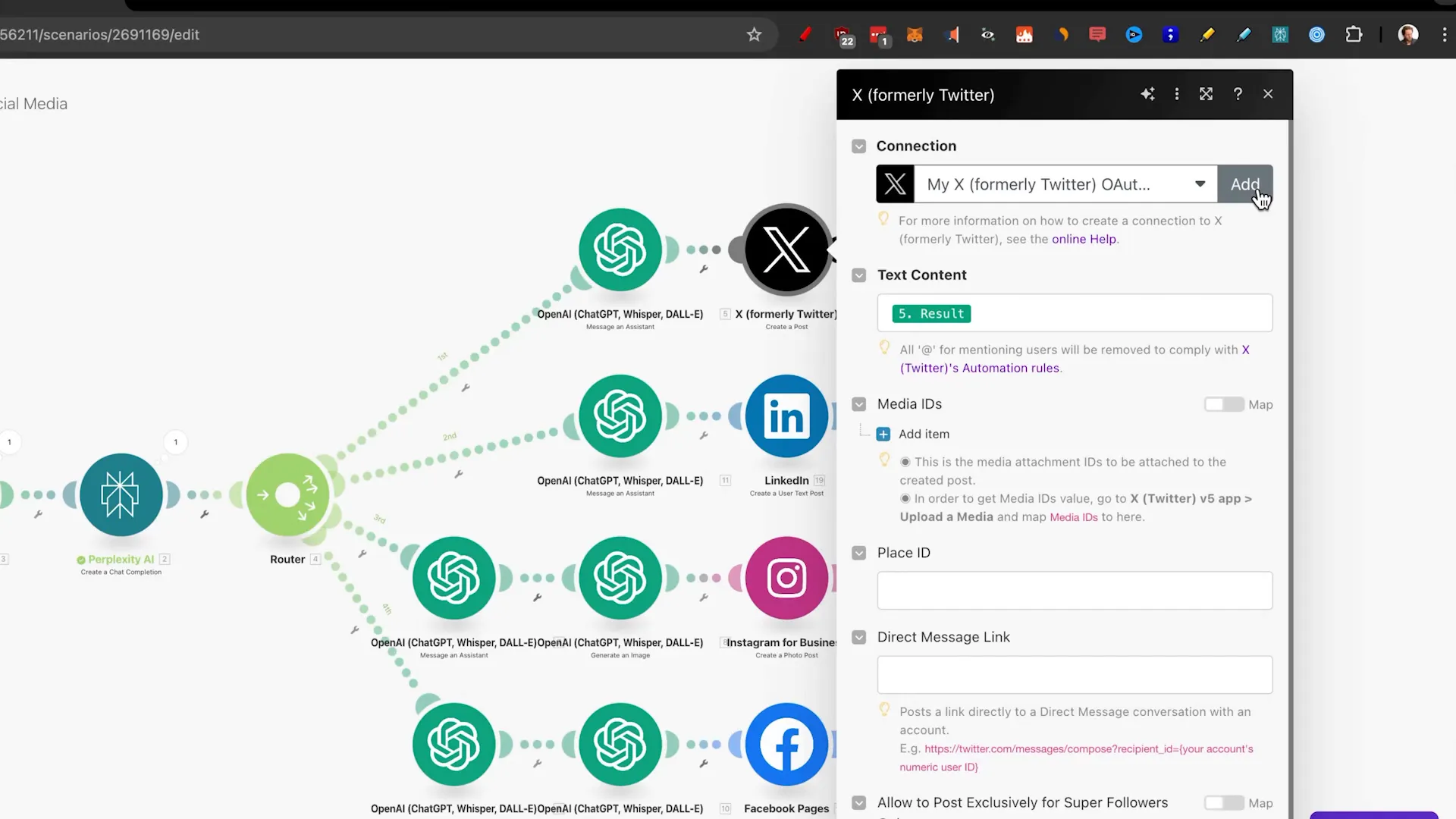
Results and Examples of Automated Posts
To truly comprehend one must witness it firsthand. The significance of automated posts can shed light onto the efficacy of your tactics in a manner. Listed here are instances illustrating how automated posts may manifest themselves across platforms.
Sample Posts
- Twitter: "Excited to see the future of parenting with autonomous ride services! #AI #Innovation" - A concise and engaging tweet that captures attention.
- LinkedIn: "The rise of autonomous vehicles could revolutionize transportation for families. How do you see this impacting our society? Let's discuss!" - A professional tone that encourages engagement.
- Instagram:
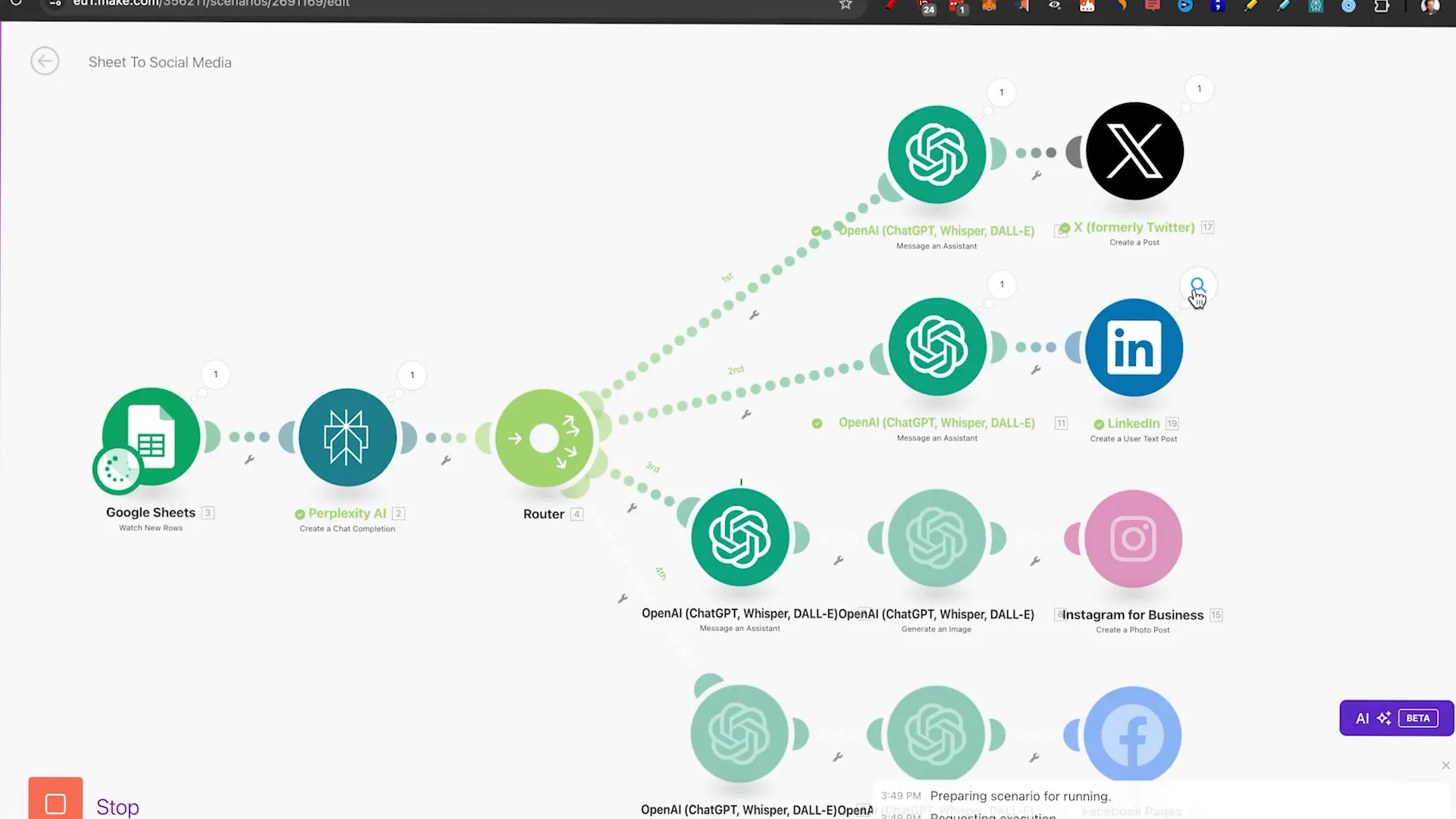 - A visually appealing post with an eye-catching image and a brief caption to spark interest.
- A visually appealing post with an eye-catching image and a brief caption to spark interest. - Facebook: "Check out this new development in autonomous transportation. What are your thoughts on driverless cars for kids? Share in the comments!" - A longer post that invites community interaction.
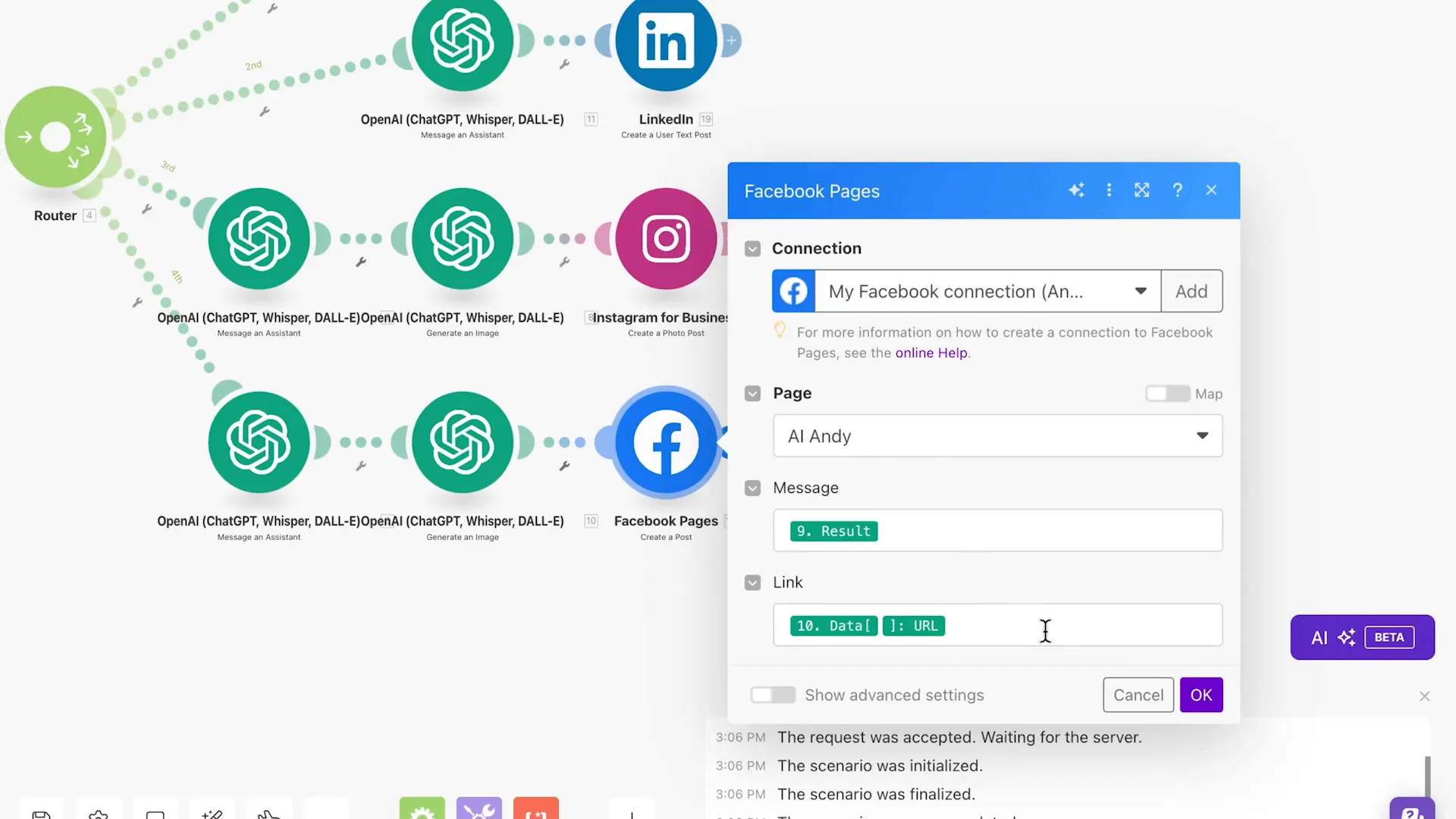
Conclusion and Next Steps
AI automation has revolutionized media by providing increased efficiency and consistency in operations, for users, like you and me! By steering of prompting errors and becoming proficient in complex settings and configurations you can truly enhance the effectiveness of your content strategy.
As you proceed, remember to:
- Continuously refine your prompts based on performance.
- Stay updated on platform changes and audience expectations.
- Experiment with different types of content to see what resonates best.
By implementing these tactics you'll soon be transforming your social media image with the help of AI automation solutions.
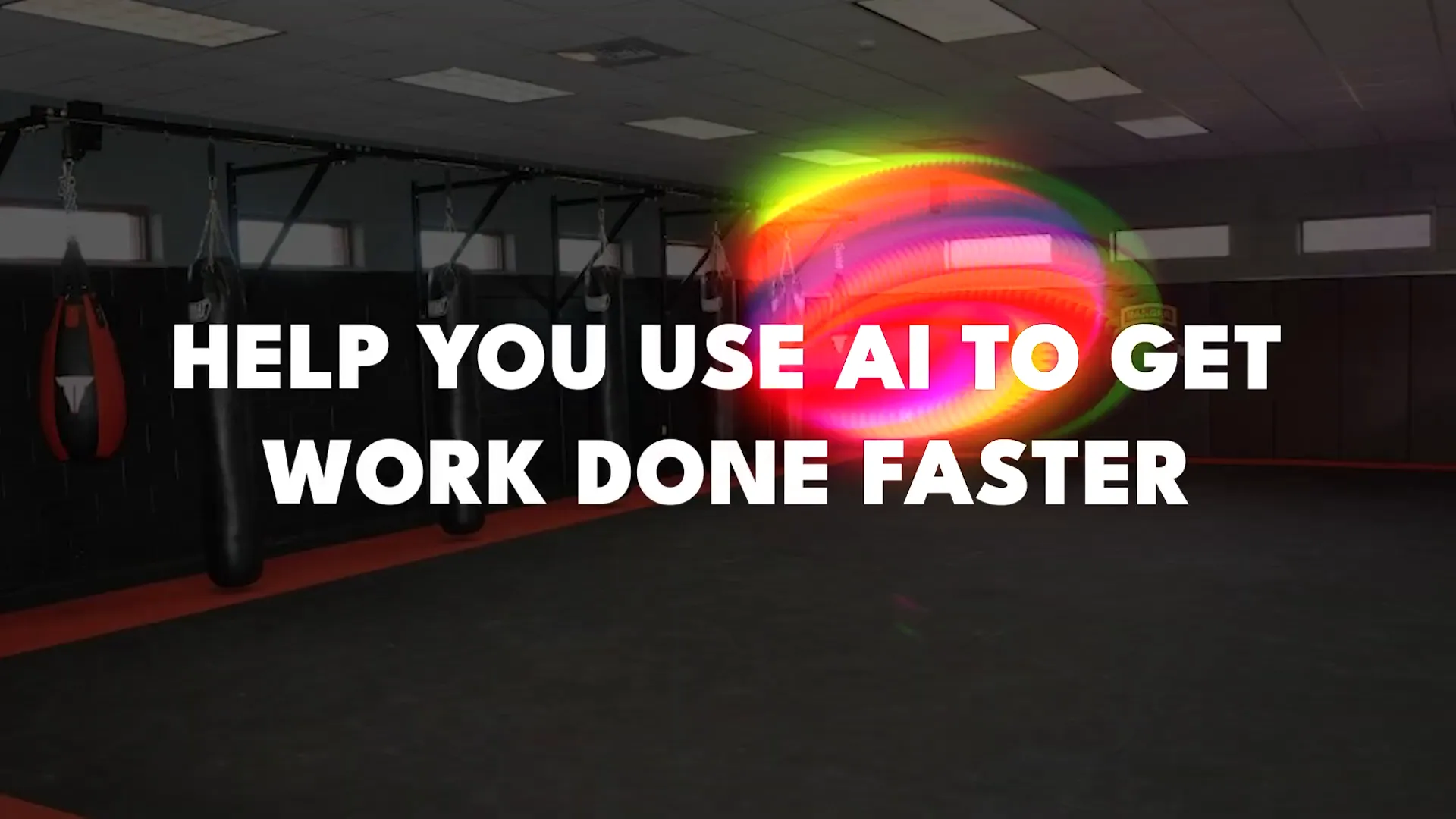



0 Comments